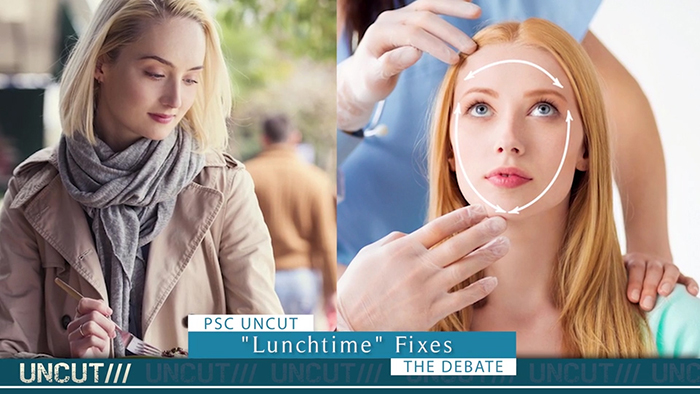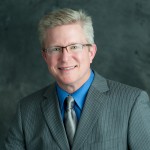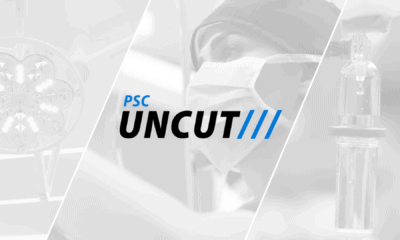The 21st century proves to be the most exciting era for plastic surgery. Medical advances fill in the gaps between traditional procedures as new devices offer patients smaller, more frequent procedures to age gracefully. Botox and injectables alongside a host of devices aimed at tightening skin and reducing fat without a scalpel truly are exciting, but patients do need to check that excitement.
As phrases like “the lunchtime lift,” enter common parlance, plastic surgeons urge would-be patients to dial back on their expectations. Dr. Bruce Van Natta of Indianapolis and Dr. Cliff Clark of Orlando describe this need to help patients cut through the advertising and marketing to realize that, yes, these devices are important and work, but only under the right circumstances.
The Silver Bullet Against Aging
In a modern society where speed and a “go” mentality take precedence, deciding on plastic surgery that involves any sort of downtime can be a dilemma. The amount of would-be patients who may have been heavily interested in a procedure only to be put-off by the thought of any downtime can only be guessed at.
This swath of the population is in the sights of non-invasive devices. The growing pool of technology aimed at eliminating fat, tightening skin, and adding volume to the face all come with little to absolutely no downtime, an enticing proposition for many. They work – and there really can be no downtime – but that isn’t the full story.
“I think the problem is, patients want to put the cart before the horse. They want to go on the internet and look up the silver bullet,” explains Dr. Clark. “All of these things work, but some of them work on just a specific item. It really starts by an evaluation by a board certified plastic surgeon, who can think through the components that you’re trying to fix.”
Marketing and Expectations
The excitement surrounding non-invasive devices is warranted, but marketing tends to push it beyond what a casual observer may be able to process. When hype grows to unmanageable levels and then expectations aren’t met, patients are dissatisfied and may even be jaded by the whole idea of cosmetic improvement, something that could have been allayed by consulting with the proper physician.
“We’re in the business of trying to set realistic expectations,” explains Dr. Van Natta. “These [devices] aren’t facelift procedures, so you’re not going to get the same outcome as with traditional surgery. But that’s ok! Because in some cases, maybe they just need a little tweaking, so some of these things are good.”
The key to unlocking the potential within non-invasive devices is understanding that they work really well in certain cases. There still is no magic bullet, but under the right care, they can be used to precisely affect specific trouble areas. Again, finding someone who understands the aging process and traditional plastic surgery is a must. Especially considering many non-experts are entering the field to provide these devices to their patients. “We also have non-plastic surgeons out there trying to make an extra buck and play on people’s desires to have quick fix,” says Van Natta. “Again, I think it’s that old thing, ‘If it sounds too good to be true, maybe it is.’”
Trust in the Practitioner, not Just the Tools
The physicians who warn of the misuse of these devices also extol their power, and may even use them personally. “We do these things, too,” admits Clark. “Whether it’s a little injection, a little laser, a little tightening. But we’re not going to misconstrue what they’re going to achieve.”
Bottom-line: the devices work, but expectations need to be checked at what they can accomplish. “There are tradeoff,” explains Van Natta. “Having surgery is a big deal, but also often is going to be the best result.”
Even so, patients still want little to no downtime and may even be willing to risk dissatisfaction rather than success with downtime. “The message I really want for our patients and viewers is as ethical practitioners we really have a lot of tools in our toolbox,” says Clark. “And what we’re trying to do is bring the right combination or specific right tool that’s going to give them the result that they want.”








Facebook
Twitter
Instagram
YouTube
RSS